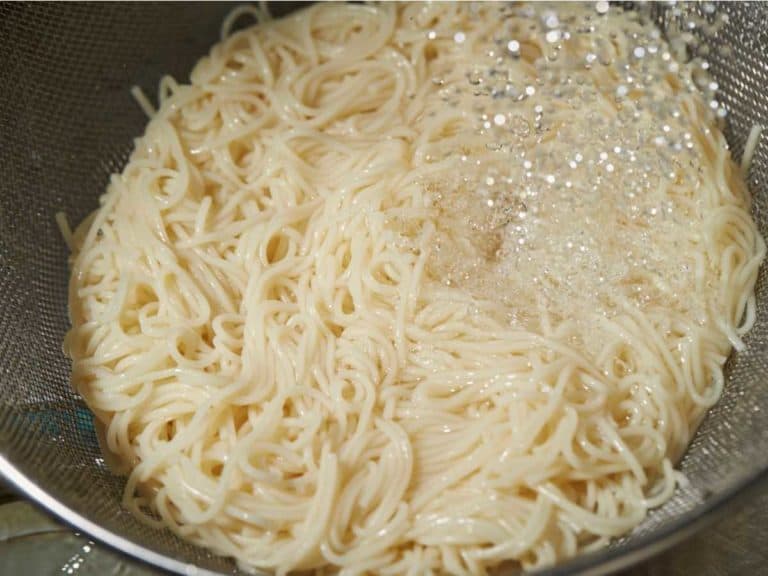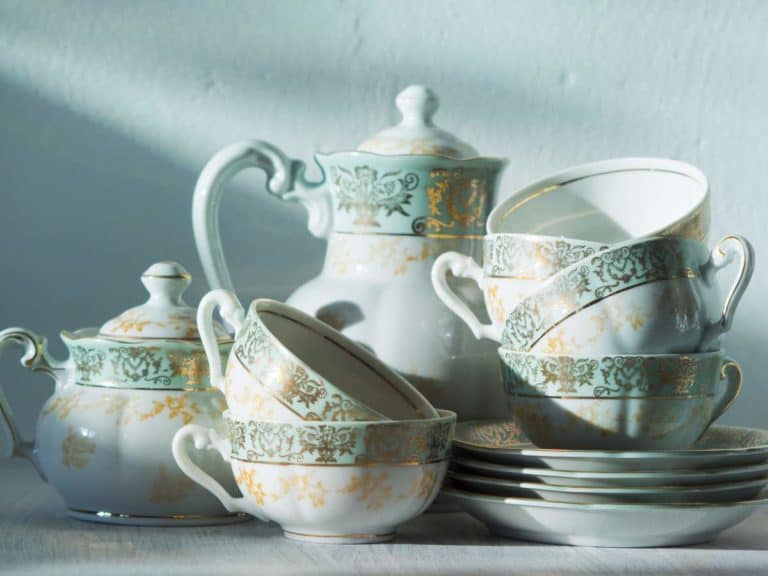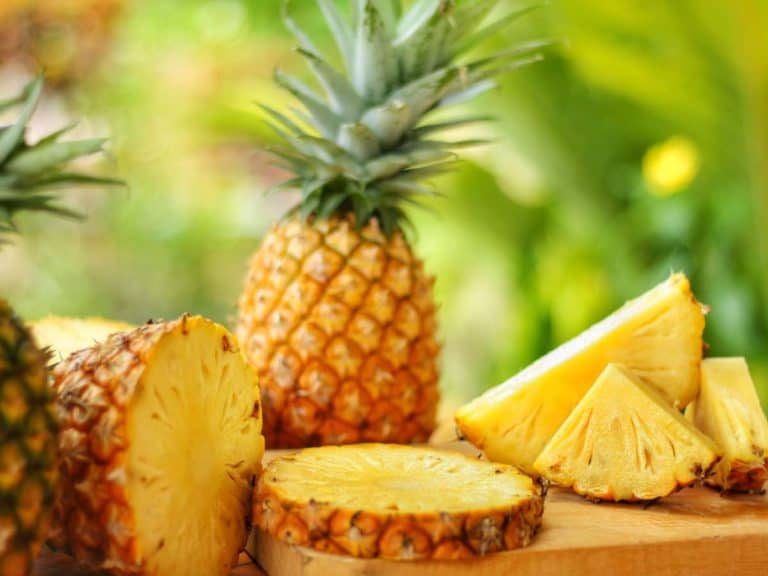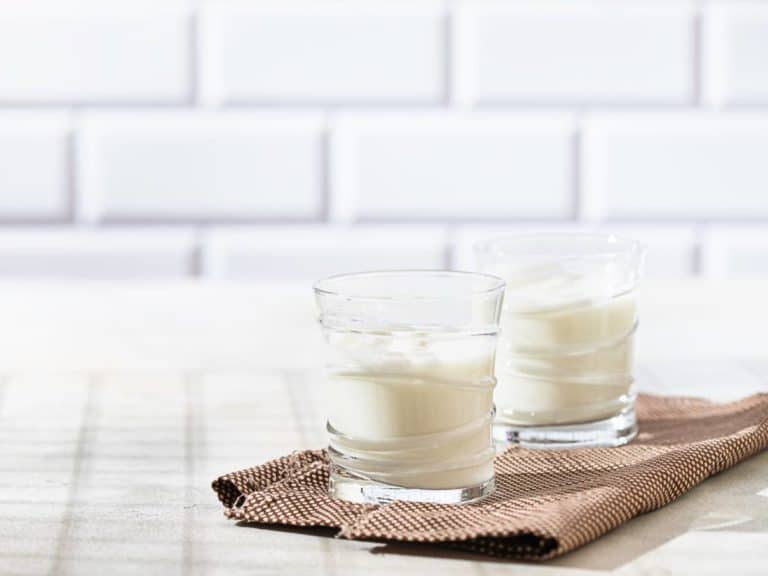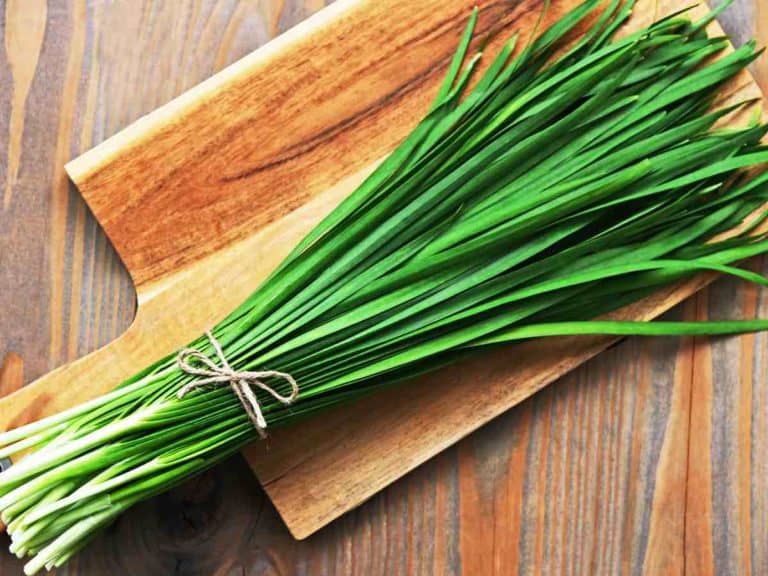How Long Does Vacuum Sealed Chicken Last in the Fridge?
Storing chicken in the fridge in a vacuum-sealed container is one of the best ways to keep it fresh and maximize its shelf life. But still, it is crucial to be aware of the shelf life of vacuum-sealed chicken when kept in the fridge.
How long does vacuum-sealed chicken last in the fridge?
Vacuum-sealed chicken generally lasts for around 3-10 days in a fridge. Whereas, freezing can make it last for about 9-12 months, depending on the size. So, storing the vacuum-sealed chicken in a fridge is suitable for short-term storage, while freezing is good as a long-term storage solution.
Read on to find out more about the factors that affect the vacuum-sealed chicken shelf-life, storage tips, and more.
Quick Stats About Chicken Shelf-Life
- Raw chicken can last around 2-4 hours.
- Cooked chicken can last around 24 hours.
- Vacuum-sealed chicken can last for 2-4 hours under room temperature.
- Vacuum-sealed chicken can last for 3-10 days in a fridge.
- Vacuum-sealed chicken can last for 9-12 months in a freezer.
- Smoked vacuum-sealed chicken can last for at least 24-48 hours at room temperature.
- Smoked vacuum-sealed chicken can last for one week in a fridge.
- Smoked vacuum-sealed chicken can last one month if you freeze it.
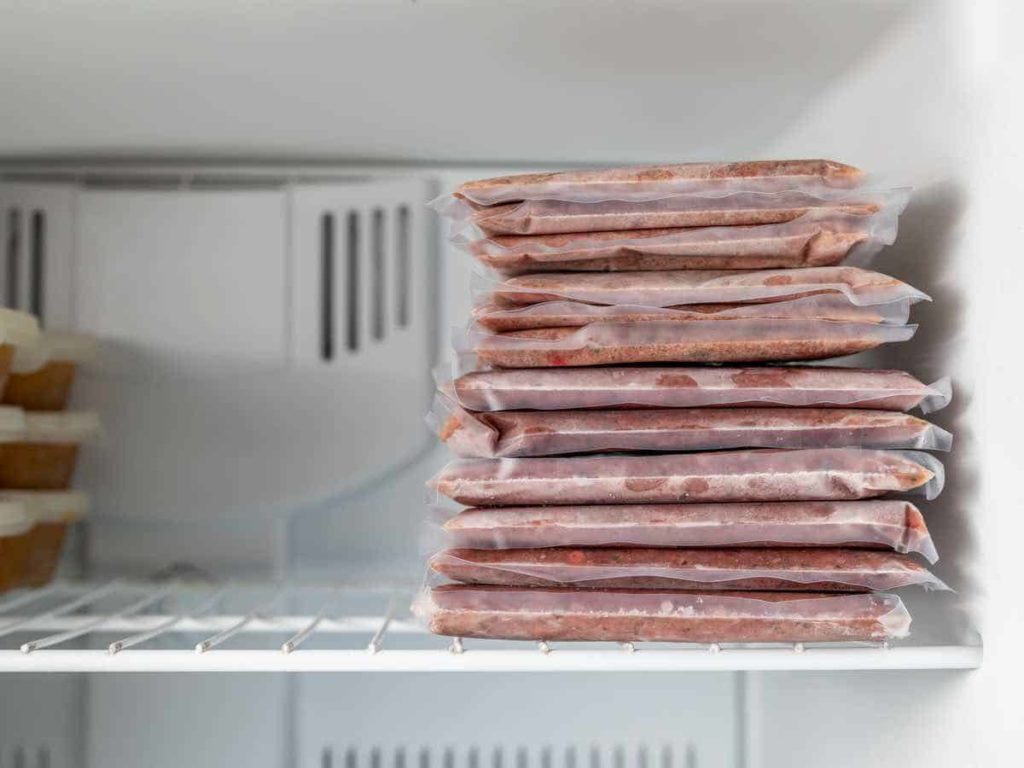
Factors That Affect The Shelf Life Of Vacuum Sealed Chicken
Chicken, and actually any meat in general, is perishable, so when you vacuum-seal it, you help in increasing its shelf life by halting its air exposure.
You might already know that air contains oxygen and moisture, which can at times provide the correct temperatures for bacteria to grow unless some precautions are taken.
But when we vacuum-seal the chicken, we actually cut off the linkage between air and the chicken, and as a result, the chance of bacteria growth and spoilage early on decreases. And the freshness of the meat is maintained for a relatively long time.
Let’s discuss the factors that can affect the shelf-life of a vacuum-sealed chicken:
- The pH level and acidity of the chicken.
- If you marinate the chicken, which ingredients were used also plays an important role.
- The freshness level of the chicken when you vacuum sealed it.
- At what temperature do you store the chicken
- How much cleanliness and sanitation do you consider while storing the chicken?
- What quality plastic zipper bag or wrap do you use to seal the chicken?
How To Vacuum Seal Chicken At Home?
Take a plastic zipper bag and put the chicken in it. However, make sure to remove all the air as much as you can before you seal it.
You can leave a little space, though, while lowering it into the water. Now, you can start pressing the bubbles from the lower end of the bag and keep going until you reach the level of the seal en. So after you can make sure almost all air is taken out of the vacuum, you can press the seal closed.
If you are looking for a more easy approach, you can also use a vacuum sealer for vacuum sealing your chicken at home.
Vacuum Sealed Chicken Storage Tips:
#1. Make Sure To Store It At The Right Temperature
In general, you should always store your vacuum-sealed chicken at 40°F or below. When the temperature is between 40°F and 140°F, the growth of bacteria starts happening rapidly. Hence, it is recommended to store the vacuum-sealed chicken at a lower temperature to keep it fresh for a long.
#2. Store It On The Shelves Of the Fridge
When you keep anything near the doors in a fridge, you should note that the door location of the fridge has a lot of temperature fluctuation. So instead of storing your vacuum-sealed chicken there, make sure to keep it on one of the fridge shelves.
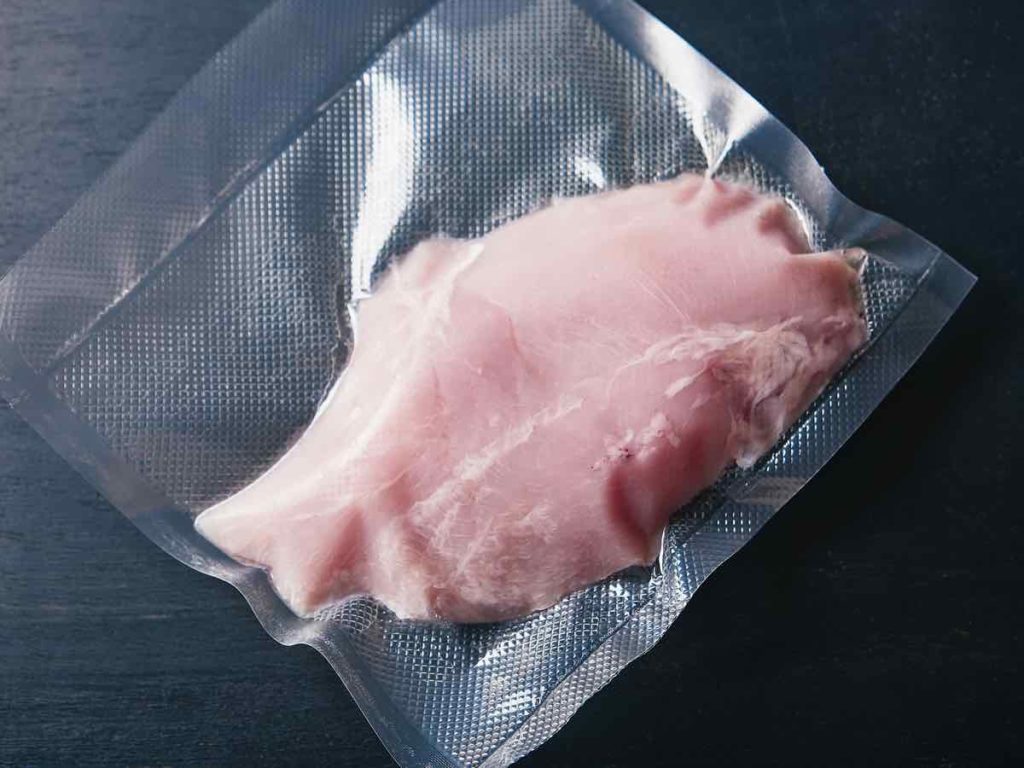
Why Should You Vacuum Seal Chicken?
The first and the essential benefit of vacuum sealing the chicken is that it is preserved for a longer time, and its flavor and texture are retained. In addition, the food will remain fresh for a long time.
Storing the chicken in a vacuum-sealed container also helps you to save space. Just think how organized your refrigerator will be by storing your chicken in a vacuum-sealed container instead of big bowls of meat.
Moreover, you can easily locate where you have kept the chicken. It will be available to you in the form of cut-up and prepped, so you don’t have to make a further mess in the kitchen.
You might already know about freezer burns which happen when your food dries out. The ice crystals you notice on the frozen leftovers are actually the moisture that escaped from the food and turned into ice.
Now, by vacuum sealing the chicken, it remains fresh and soft. In addition, since moisture won’t be present, you can avoid the icy layer that would form on the chicken in the freezer.
When you vacuum-seal the chicken, oxygen is removed, which fastens the decomposition of food. In vacuum-sealed containers, the chicken remains fresh, and so it tastes better than the regular canned foods.
Until now, we discussed everything about the shelf life and storage of vacuum-sealed chicken. But it is also essential to be aware of the signs of chicken spoilage so that you don’t end up eating a bad, spoiled chicken.
How To Know When A Chicken Is Spoiled? Spoilage Identification Chart:
| Raw Chicken: | Cooked Chicken: |
| A distinct or pungent odor | A distinct pungent odor, rotten eggs like small |
| If the chicken is still in the package, check if you crossed the “best by” date or not | Make sure to check that no part of the chicken is growing black or green fuzz |
| If the chicken is grey, then it is not safe for eating | Gray or discolored chicken is not safe to consume |
| If the chicken has a slimy texture, feels like mucus while touching, then it is a spoilage sign | Take a small bite and check the taste and observe whether or not it tastes good |
Conclusion
In short, vacuum-sealed chicken can last for around 3-10 days in a fridge. You should also remember that no matter how tasty the chicken was before you packed it for storage, if it gets spoiled, then never try to consume it.
